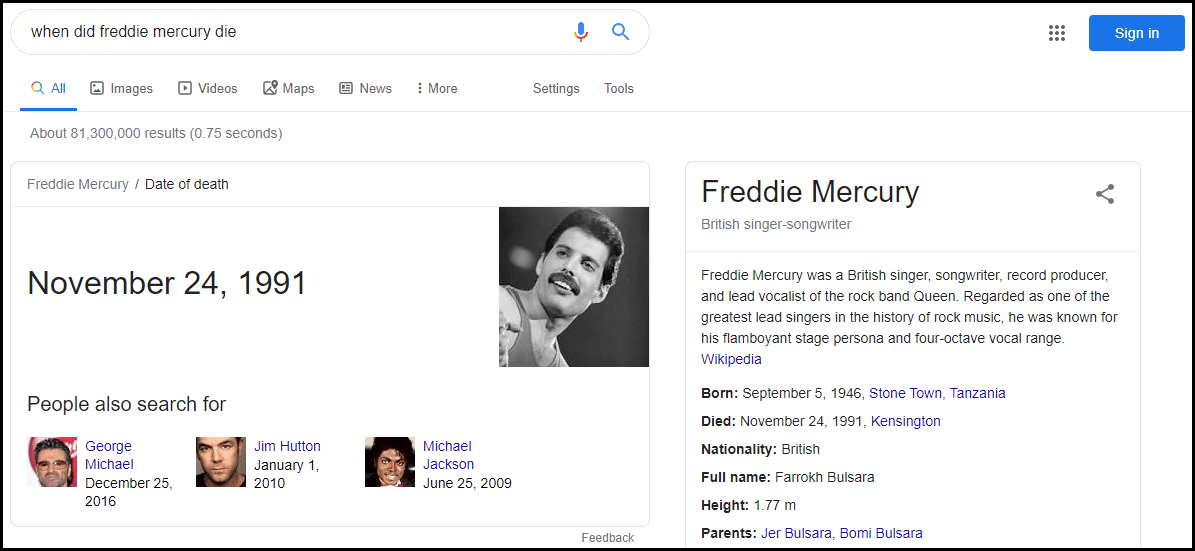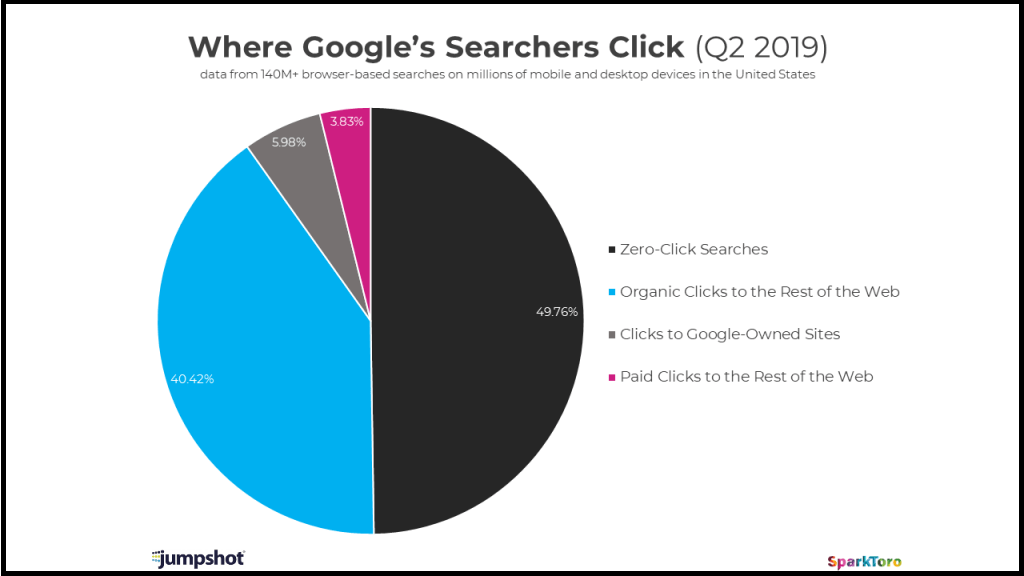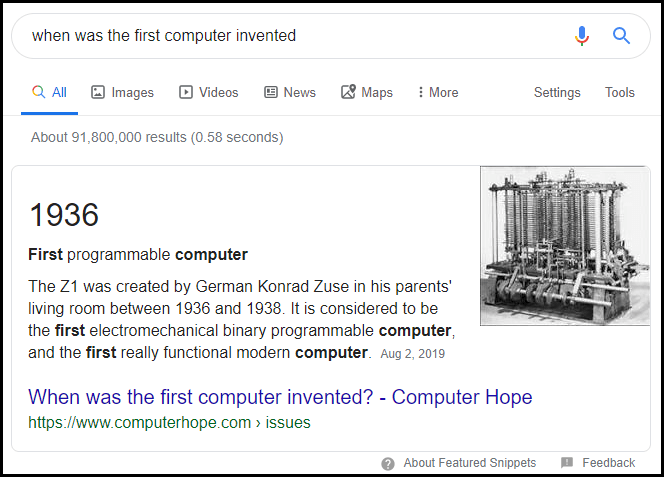Mateen Agha, SEO Lead at ForwardPMX, explains what brands can do when Internet users don’t need to click on anything to find answers.
It has probably happened to you. You searched for something on Google and found the answer right on top, without clicking on any link. This is a ‘zero-click search:’ a search query that does not require a user to click on any link on the page to find the answer – hence, the ‘zero-click.’ Let’s say you searched for “Barcelona VS Real Madrid time.” You’ll probably find your answer without clicking on any link. This is an example of a zero-click search.
For the first time ever, in June 2019, more than half of Google searches (50.33%) were completed without clicking on any link from the search results, according to analytics and business intelligence company Jumpshot:
(Image source: Jumpshot)
Why this matters
Google’s algorithms are improving – every day – and the giant search engine company is working hard to keep search easy for users. Instead of clicking on the links for answers, users can depend on Google to offer them the right answer.
Let’s say you searched for “When did Freddie Mercury die?”
The first search result isn’t really a ‘first’ nor a ‘zero.’ If anything, it’s Google saving users a ton of time and effort. For marketeers, however, this means less traffic to their website.
Website traffic sets you apart from your competitors. In fact, the amount of people visiting your website through search is the main indicator of the success of an SEO strategy, as organic traffic can drive new customers and increase sales.
While it is true that zero-click searches reached over 50%, the second-highest click rate for Google’s searchers goes to organic results:
(Image source: Jumpshot)
According to Jumpshot, over 40% of Google’s searchers click on organic results, while less than 4% of searchers click on paid ads. Hence, SEO remains an important medium for brands to market themselves online.
How to stand out in a zero-click reality?
Zero-click searches aren’t synonymous with zero opportunity. Similar to radio ads or billboards that may be hard to track, you’re still exposing your brand to an audience when marketing through SEO.
To build a good SEO strategy, you first need to identify user intent. Generally, there are three main types of searches that describe why a user is searching for a query:
- “Buy a hand cream” is a transactional search that refers to users who want to buy something.
- “How to apply cream” is an information search that applies to users who want to know more about a topic. The main intention here isn’t necessarily to buy anything in the meantime.
- A navigational search refers to users who aim to find a particular webpage or brand.
You can identify your user intent through Google’s search console and by analyzing the top results. Afterwards, you can categorize your keywords accordingly and then tailor your content or brand’s intent based on this information.
While ‘information searches’ may seem to be the most affected type of searches for brands, that does not mean there is no opportunity. Targeting those keywords may not yield results immediately, but it will position your brand as a thought-leader in its domain. This will also help establish your brand as a consumer’s favorite choice and build awareness.
To put a value on your keywords, you can calculate conversion results. For example, some queries will result in the conversion of one user out of every ten. Hence, if the average sale price is AED100, every visitor will be worth AED10.
Practically speaking, here’s an approach that marketeers can take:
- For transactional keywords, marketers can use conversion rate optimization (CRO) techniques to maintain their ranking, all while monitoring search engine results pages (SERP) features in order to ensure that they are driving visibility, with improved click-through rates (CTRs) and conversion rates.
- For informational and development terms, marketeers can create broad content with link-building for credibility and awareness. This can be measured by analyzing your ranking over time, traffic growth, and visibility.
It’s also important to target keywords that generate higher clicks.
Here’s an example:
Perhaps soon, Google would answer this question directly, without linking the website computerhope.com. For now, however, this page ranks as a featured snippet and can drive users to click on the website as a trusted source. Hence, it is a good opportunity to target keywords that would not be cannibalized by Google’s increasingly intelligent algorithms.
While zero-click searches are expected to continue increasing, especially on mobile, this does not mean that SEO is dead. In fact, it can be helping SEO marketeers generate more strategic approaches and understand users better while positioning their brand as a leader in their domain online.
Opinions expressed in this piece belong to the author.


 Back
Back 












